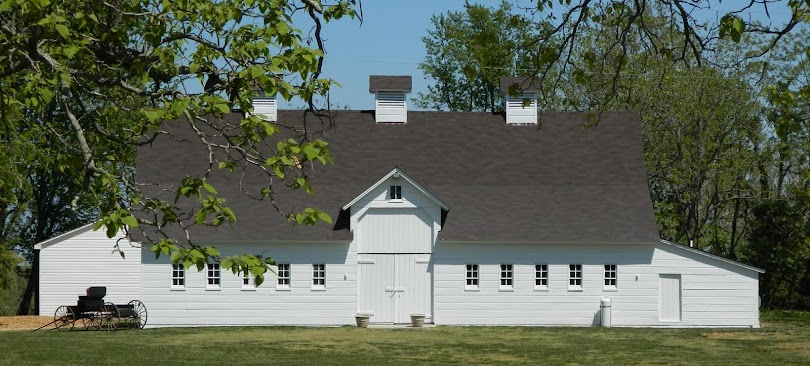The Unified Committee for Afro-American Contributions is a
long-standing Sotterley partner with like mission to preserve history and educate
the public about African American history and culture in St. Mary’s County. It
was founded in 1995 by the late Elmer Jefferson Brown, Sr., born in 1932 in
Drayden, Maryland. UCAC also advocates for community health and education and
highlights the contributions of African Americans to our county and community.
Trusted advisors, members of this organization help
Sotterley to better tell its stories and more effectively interpret the lives
of those African Americans that lived and worked at Sotterley both enslaved and
free. UCAC and its members work to research and preserve history by collecting
oral traditions and histories, and by providing resources to educators and the
public to conduct research.
UCAC is also responsible for the conception, design, and
funds that created the African American Monument at Freedom Park and the United
States Colored Troops (USCT) Civil War Monument at Lancaster Park with
interpretive signage. The last remaining
“Flat-top” military housing structure in Lancaster Park is now UCAC’s interpretive center and
meeting place. UCAC and St. Mary’s County also have preserved and now interprets
Dryden schoolhouse, used as a school for colored children during segregation.
UCAC highlights these religious and cultural institutions that still exist and
those extinct to remind us that these places and people within them were vital to African American culture and resilience through the decades after
slavery, and then during segregation and Jim Crow.
 |
| Courtesy Historic Sotterley, photo 2019 St. Mary's County Juneteenth |
UCAC has published the book, The Relentless Pursuit of
Education, and has contributed to the film, With All Deliberate Speed.
The book highlights stories and photographs of community members that
experienced segregation and the desire for education. The film tells the story
of the desegregation of Great Mills High School in St. Mary’s County between
1958 and 1972. This film was written and created by Merideth Taylor, in
partnership with UCAC and St. Mary’s College of Maryland.
UCAC is also responsible for St. Mary’s County’s annual
Juneteenth celebration. In 2020, sadly, the celebration is another casualty of
Covid-19, but it will be back stronger than ever in 2021. If you do not know about
or have never heard of Juneteenth, please go to this link to find out more. https://www.ucaconline.org/juneteenth.html
Lincoln emancipated enslaved
people in rebellious states with the Proclamation, but it took federal troops
to enforce emancipation after the Civil War. On June 19, 1865, Major- General
Granger entered Galveston, Texas and announced that slaves were free. This has
evolved over the decades and now is celebrated all over the country.
 |
| The Galveston Daily News (Galveston, TX) 21 June 1865 p.1, accessed Jun 18, 2020, Newspapers.com. |
To find out more about the Unified Committee for
Afro-American Contributions (UCAC), please visit their website at https://www.ucaconline.org. Historic Sotterley is grateful for our
partnership with this important and vital community non-profit organization.
J.
Pirtle


